Buy the photo Full moon over the Graslei in Ghent by Jeroen de Jongh Photography on canvas, ArtFrame, poster and wallpaper, printed on demand in high quality.
About "Full moon over the Graslei in Ghent"
by Jeroen de Jongh Photography
About the artwork
Ghent is the capital and largest centre city of the Belgian province of East Flanders.
Ghent grew out of Celtic settlements in the area of the confluence of the Lys and Scheldt rivers. In the Middle Ages, driven by a flourishing wool industry, Ghent grew into one of the largest cities in Europe. The flax and linen industry and the staple right to grain that Ghent acquired also contributed significantly to its prosperity. After a brief Calvinist period, the city experienced a certain decline that only turned around towards the end of the 18th century, when the cotton industry made Ghent one of the first industrial cities in continental Europe. The city saw the signing of the Pacification of Ghent (1576) and the Peace of Ghent (1814).
The Graslei is a street in the historic centre of the Belgian city of Ghent. The Graslei forms the quay on the right bank of the Leie. The quay and street on the left bank is the Korenlei. It lies between the Grasbrug and Sint-Michielsbrug.
From the 11th century onwards, trading activities grew along these quays and this became the city's harbour. St Michael's Church and St Nicholas' Church were built on both sides of the Lys near this port. Because of the city's grain rights, all grain imports into the county of Flanders went through Ghent and the Graslei and Korenlei, together with the Korenmarkt, became the centre of the grain trade in Flanders. The current buildings are still remnants of those times, although several buildings were modified in the 18th and 19th centuries. For the 1913 World Fair in Ghent, the facades were thoroughly restored. The townscape of Graslei and Korenlei was protected as a landscape in 1952 and in 1994 both quays, their surroundings and the adjoining buildings were also protected as a townscape.

About Jeroen de Jongh Photography
I'm Jeroen, and I'll spare you the long introduction. ;) If you're looking for a landscape photo for your wall, you've come to the right place... Read more…
 Netherlands
Netherlands Ordered in December 2024
Ordered in December 2024
 Germany
Germany Ordered in December 2024
Ordered in December 2024
 Germany
Germany Ordered in May 2024
Ordered in May 2024
 Netherlands
Netherlands Ordered in September 2023
Ordered in September 2023
 Netherlands
Netherlands Ordered in March 2022
Ordered in March 2022
 Netherlands
Netherlands Ordered in August 2022
Ordered in August 2022
 Netherlands
Netherlands Ordered in August 2019
Ordered in August 2019
 Netherlands
Netherlands Ordered in January 2022
Ordered in January 2022
 Germany
Germany Ordered in January 2022
Ordered in January 2022
 Germany
Germany Ordered in January 2022
Ordered in January 2022
 Germany
Germany Ordered in August 2019
Ordered in August 2019
 Germany
Germany Ordered in May 2021
Ordered in May 2021
About the material
ArtFrame™
Interchangeable Art Prints
- High-quality print
- Easily interchangeable
- Acoustic function
- Large sizes available
Discover the artworks of Jeroen de Jongh Photography
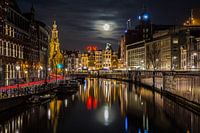 Full moon at the flower marketJeroen de Jongh Photography
Full moon at the flower marketJeroen de Jongh Photography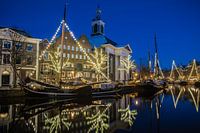 Lange HavenJeroen de Jongh Photography
Lange HavenJeroen de Jongh Photography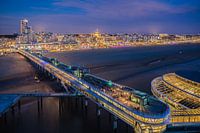 Scheveningen PierJeroen de Jongh Photography
Scheveningen PierJeroen de Jongh Photography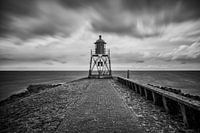 Lighthouse StavorenJeroen de Jongh Photography
Lighthouse StavorenJeroen de Jongh Photography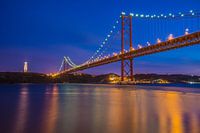 April 25th BridgeJeroen de Jongh Photography
April 25th BridgeJeroen de Jongh Photography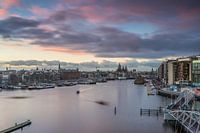 OosterdokJeroen de Jongh Photography
OosterdokJeroen de Jongh Photography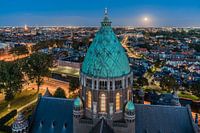 Climb to the lightJeroen de Jongh Photography
Climb to the lightJeroen de Jongh Photography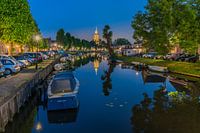 MonnickendamJeroen de Jongh Photography
MonnickendamJeroen de Jongh Photography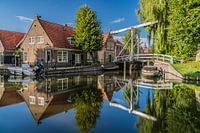 Zonnepad MonnickendamJeroen de Jongh Photography
Zonnepad MonnickendamJeroen de Jongh Photography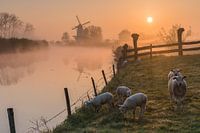 Mill de Vlinder on a misty morning in the BetuweJeroen de Jongh Photography
Mill de Vlinder on a misty morning in the BetuweJeroen de Jongh Photography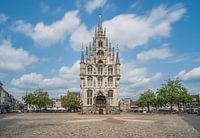 Town Hall of Gouda at the MarketJeroen de Jongh Photography
Town Hall of Gouda at the MarketJeroen de Jongh Photography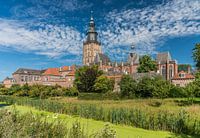 Swans at the skyline of ZutphenJeroen de Jongh Photography
Swans at the skyline of ZutphenJeroen de Jongh Photography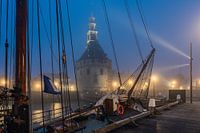 Hoorn's Hoofdtoren in the mistJeroen de Jongh Photography
Hoorn's Hoofdtoren in the mistJeroen de Jongh Photography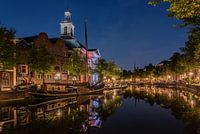 Peace and quiet at Schiedam's Lange HavenJeroen de Jongh Photography
Peace and quiet at Schiedam's Lange HavenJeroen de Jongh Photography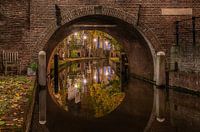 Autumnal vista at Utrecht's Paulus BridgeJeroen de Jongh Photography
Autumnal vista at Utrecht's Paulus BridgeJeroen de Jongh Photography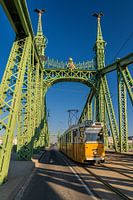 Tram 47 passes over the Freedom Bridge in BudapestJeroen de Jongh Photography
Tram 47 passes over the Freedom Bridge in BudapestJeroen de Jongh Photography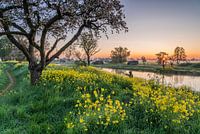 Rapeseed at sunrise in Werk aan de GroenewegJeroen de Jongh Photography
Rapeseed at sunrise in Werk aan de GroenewegJeroen de Jongh Photography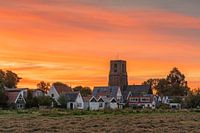 Sunset at the Tower of Ransdorp in AmsterdamJeroen de Jongh Photography
Sunset at the Tower of Ransdorp in AmsterdamJeroen de Jongh Photography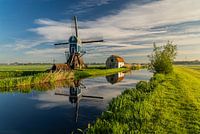 Morning light at the Blauwe Wip windmillJeroen de Jongh Photography
Morning light at the Blauwe Wip windmillJeroen de Jongh Photography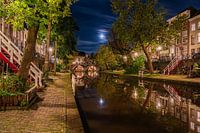 Full moon over Utrecht's Oudegracht canalJeroen de Jongh Photography
Full moon over Utrecht's Oudegracht canalJeroen de Jongh Photography
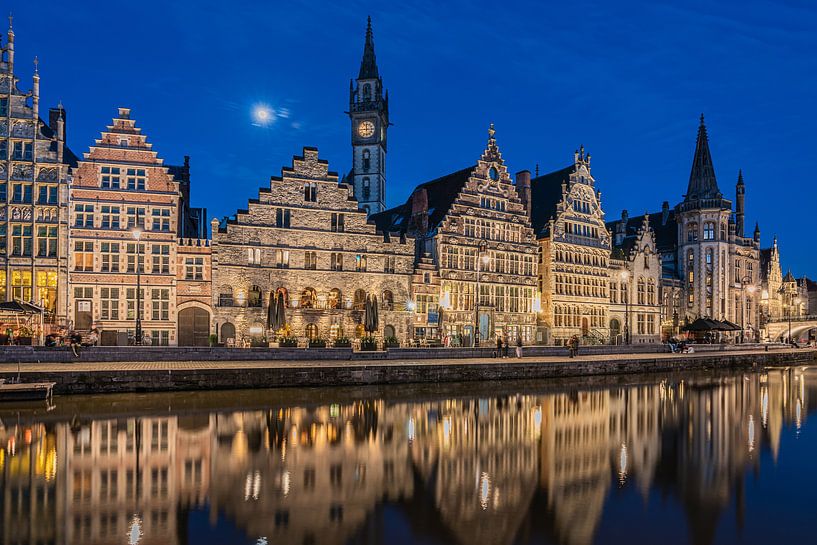












 Belgium
Belgium Blue hour
Blue hour Ghent
Ghent Moon
Moon Night photography
Night photography Photo wallpaper
Photo wallpaper Photography
Photography Reflections
Reflections Romantic Moments
Romantic Moments Serene Peace
Serene Peace









